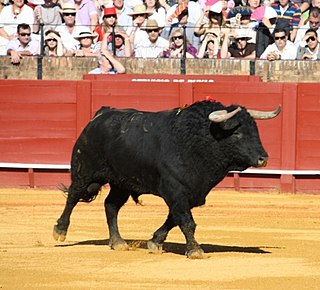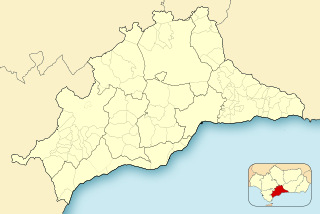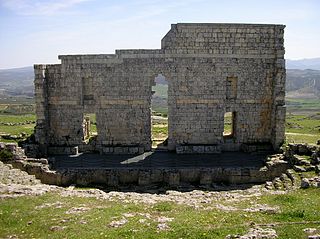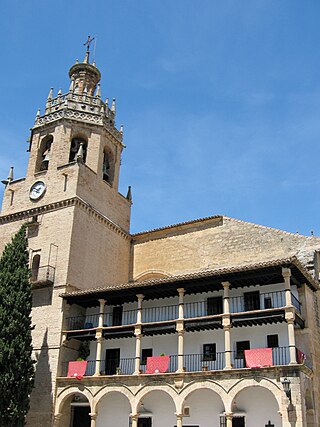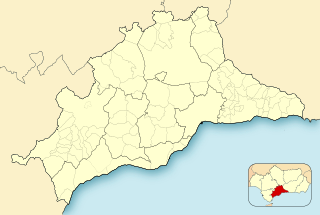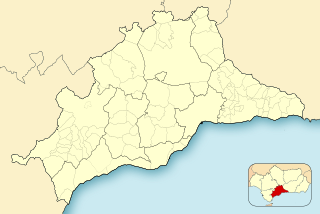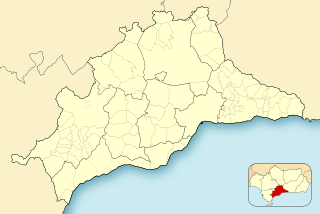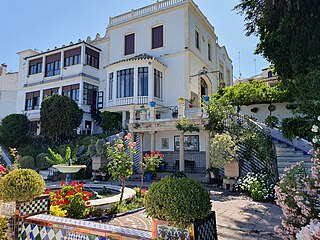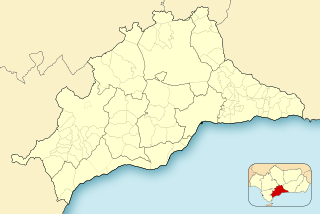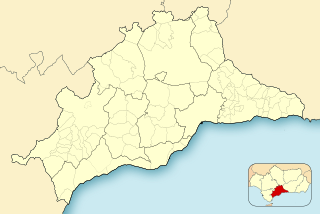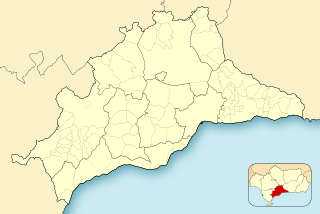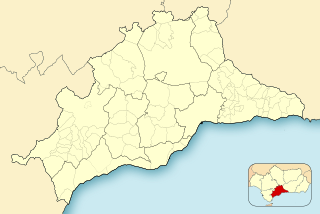13 Sights in Ronda, Spain (with Map and Images)
Legend
Premium Sights
Book tickets, guided tours and activities in Ronda.
Guided Free Walking Tours
Book free guided walking tours in Ronda.
Welcome to your journey through the most beautiful sights in Ronda, Spain! Whether you want to discover the city's historical treasures or experience its modern highlights, you'll find everything your heart desires here. Be inspired by our selection and plan your unforgettable adventure in Ronda. Dive into the diversity of this fascinating city and discover everything it has to offer.
Sightseeing Tours in Ronda1. Al Toro de Lidia
The Spanish Fighting Bull is an Iberian heterogeneous cattle population. It is exclusively bred free-range on extensive estates in Spain, Portugal, France and Latin American countries where bullfighting is organized. Fighting bulls are selected primarily for a certain combination of aggression, energy, strength and stamina. In order to preserve their natural traits, during breeding the bulls rarely encounter humans, and if so, never encounter them on foot.
2. Baños Árabes
The hammam or Arab Baths of Ronda, in Ronda (Málaga), obeys the Muslim adaptation of the old Roman baths and consists of the same parts, but unlike the Roman baths, in which the baths are carried out by immersion in large pools, the Muslim baths are fundamentally steam baths, although they sometimes have a small pool.
3. Ciudad romana de Acinipo
Acinipo was a city about 20 kilometers from Ronda, in the Spanish province of Málaga, believed to have been founded by retired soldiers from the Roman legions more than 2,000 years ago. The remaining ruins include a Roman theater still in use today. It is sometimes referred to as Ronda la Vieja despite the fact that Acinipo and Arunda co-existed for centuries.
4. Casa del Rey Moro
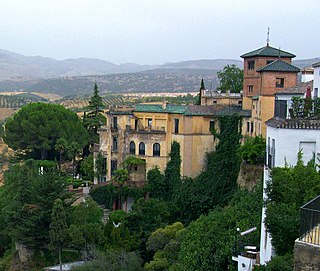
The House of the Moorish King of Ronda, Spain, is a monumental complex with a long history that begins in the fourteenth century and reaches until the twentieth century. It consists of three parts: a water mine from the Muslim period, a neo-Mudejar style house and a garden designed by Jean Claude Nicolas Forestier declared an Asset of Cultural Interest in 1943.
5. Iglesia de Santa María la Mayor
The church of Santa María la Mayor de Ronda, elevated to the category of chapter parish by King Ferdinand the Catholic, stands on the site of the city's old aljama mosque, a work of the thirteenth century of which remains of the mihrab are still preserved.
6. Dolmen de La Giganta
The Dolmen de la Giganta is a megalithic construction located in the municipality of Ronda, near Mount Higuerón and was discovered in 1941. An important example of megalithic architecture in Andalusia, belonging to the Eneolithic period, during the second millennium BC. C.
7. Palacio del Marqués de Salvatierra
The Palacio de Salvatierra is a building in the Spanish city of Ronda, in the province of Malaga. It is a building that focuses its decoration on a unique Baroque façade that is organized around a pair of Corinthian columns on each side of its wide lintelled door, on which there is a finely decorated stone frieze from which a balcony closed by a splendid iron grille begins.
8. Casa del Gigante
The house of the Giant of Ronda is a private house built between the end of the thirteenth century and the beginning of the fourteenth. Similar to the buildings of Granada and those of the Maghreb, it is considered a small palace, one of the best preserved of Nasrid architecture.
9. Casa Don Bosco
The Don Bosco House Museum is an old palace in the heart of the historic complex of Ronda, Malaga. Its interior remains completely original in the modernist style of the early twentieth century. The house is named after Don Bosco: Saint, Italian priest and founder of the Salesians.
10. Ermita rupestre de la Oscuridad
The cave hermitage of La Oscuridad is an archaeological site located in the municipality of Ronda, in the province of Malaga, Spain. It is a cave church belonging to a cenobitic community. The church is integrated into a set of housing and burial structures of the community that lived there.
11. Necrópolis megalítica de La Planilla
The megalithic necropolis of La Planilla corresponds to an important funerary area of the Bronze Age, belonging to the megalithic phenomenon, widely verified in the area of Ronda, Malaga (Spain), documenting since the Copper Age a large concentration of megalithic burials, known since ancient times, which reflect the concentration of population in the area.
12. Plaza de Toros de Ronda
The Ronda bullring is a historic building in the city of Ronda (Málaga), declared an Asset of Cultural Interest in its category of Monument, and which is owned by the Real Maestranza de Caballería de Ronda. The building began its works in 1780 and after a temporary suspension of the works, it was completed in 1785, under the project of the architect Martín de Aldehuela; being considered one of the oldest in Spain.
13. Puerta de Almocábar
The Almocábar gate is located in the southern part of Ronda connected to the historic center. It was built in the thirteenth century and was modified in the times of Charles V. It consists of three successive gates as well as two lateral semicircular towers. These served as accommodation for the guard.
Share
How likely are you to recommend us?
Disclaimer Please be aware of your surroundings and do not enter private property. We are not liable for any damages that occur during the tours.
